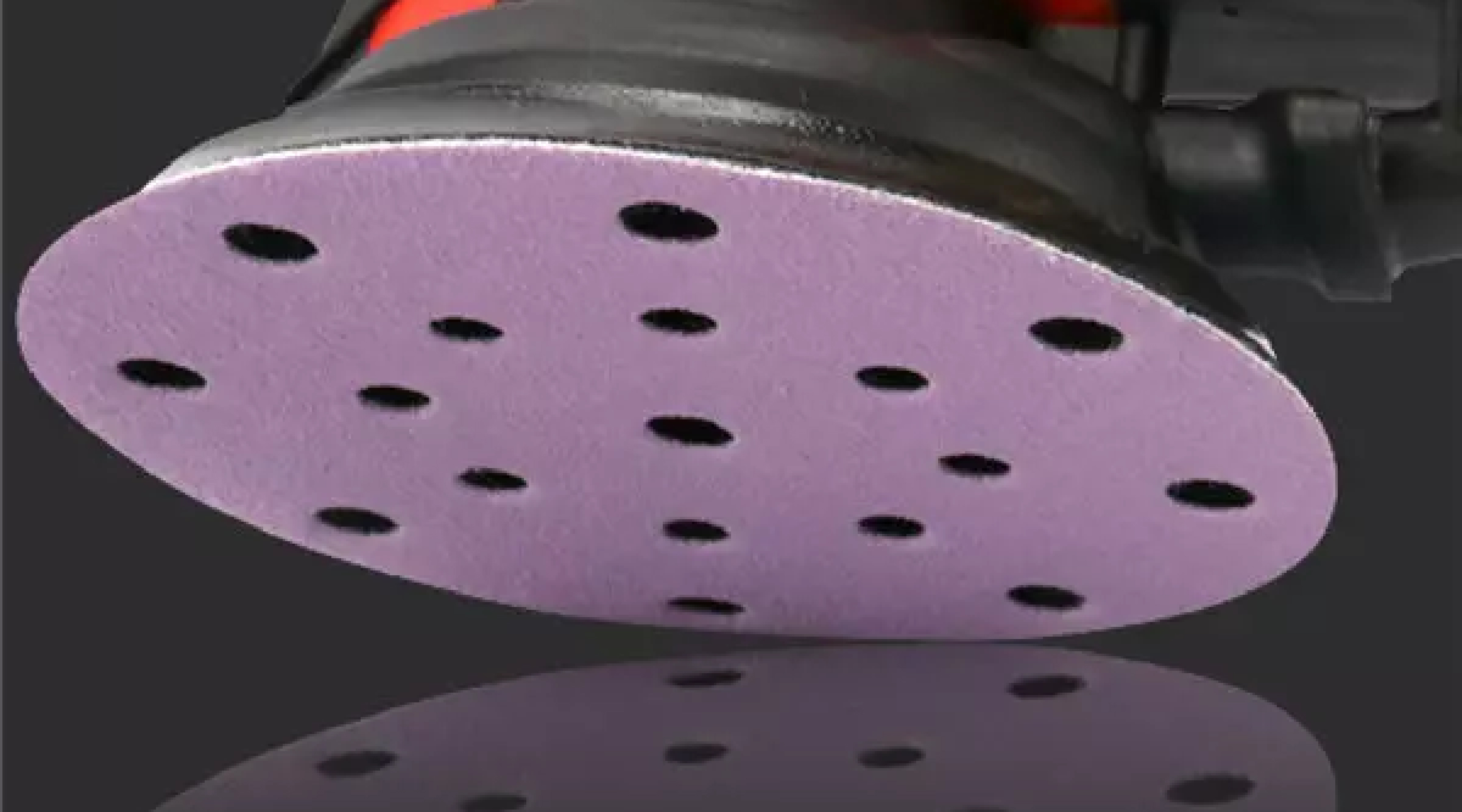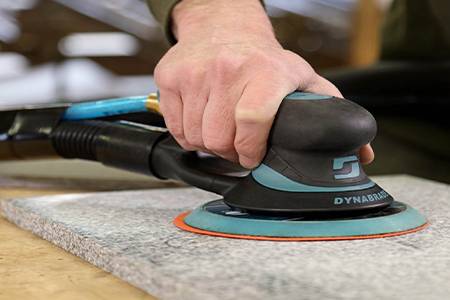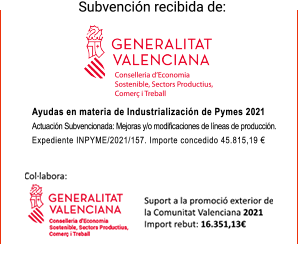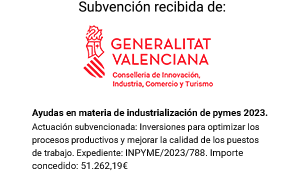¿Necesitas un lijado de precisión sin dañar superficies delicadas? Descubre las ventajas del disco de espuma estándar...
}Introduction to ceramic minerals
Ceramic grain is a new type of synthetic abrasive mineral. It is the most technologically advanced today, and it is widely used in the main processes related to the abrasive treatment of surfaces at the level of roughing and sanding extremely hard materials.
This revolutionary mineral is widely used in different versions for the manufacture of all types of abrasive discs and also sanding belts.
In the abrasive discs, we can find it in the fiber discs, in the flap discs and the discs with velcro fastening with cloth, paper, film and mesh supports.
As far as abrasive belts are concerned, it is available in belts with rigid and flexible cloth supports, mainly for the manufacture of mini belts, sleeves and belts for the metal sector.
The most advanced technology for the production of high-quality ceramic grains is only in the hands of the world's leading firms such as Norton-Saint Gobain, 3M, VSM and Hermes.

Characteristics and properties of ceramic minerals
The shape and structure of the ceramic minerals are key during the most aggressive sanding operations. The lower the friction, the lower the heat generated and therefore the cutting of the abrasive mineral will be more effective, it will not burn the material and it will become less clogged.
Ceramic minerals have a microcrystalline structure with sharp edges, which maintain a high cutting power and stable performance throughout their life. This is because its crystals gradually decompose into small grains with new cutting edges.
Their mechanical properties of hardness, toughness and friability make them ideal for the most aggressive operations:
They are very hard and highly resistant to scratching, which is why they are capable of scratching extremely hard materials.
They are very tough and resistant to impacts, they have a high resistance to breakage.
They are highly friable as they have a high capacity for self-sharpening.

Main uses of ceramic abrasive discs
Ceramic mineral sanding discs are ideal for handling difficult-to-sand materials such as aerospace, superalloys, stainless steel, aluminum alloys, and unalloyed steels. They are also perfect for the repair of automobiles, boats, fiberglass, as well as for different industrial finishes.
Advantages of ceramic velcro discs compared to conventional ones
With regard to ceramic discs with velcro fastening, they generally achieve between 30 and 50% more performance than conventional abrasive discs. These differences are more evident in those materials that have a higher hardness and are difficult to sand.
The main advantage of ceramic discs is that they facilitate very fast sanding thanks to their high cutting power, increase productivity and reduce labor costs due to their long life.
For sanding putties, varnishes and hard composites it is very important that the discs have an additional layer of stearate, and that the distribution of the mineral grains is semi-open. Finally, it is vitally important that the disc format allows great suction power, for this reason, multi-hole formats are widely used today.
At Abracom we have a wide range of abrasive discs for treating all types of materials and surfaces. We have sanding discs on all supports: paper, film, mesh, sponge; and with all types of mineral: ceramic, zirconium, aluminum oxide and silicon carbide.
We are transformers, we import coils of abrasives and we punch them to the disk format that your sanding process needs, we have more than 40 different models.


































 (1).png)
 (1).png)
.png)
.png)
.png)

.png)
.png)
.png)
.png)
.png)
.png)
.png)
.png)
.png)
.png)
.png)
.png)
.png)
.jpg)







